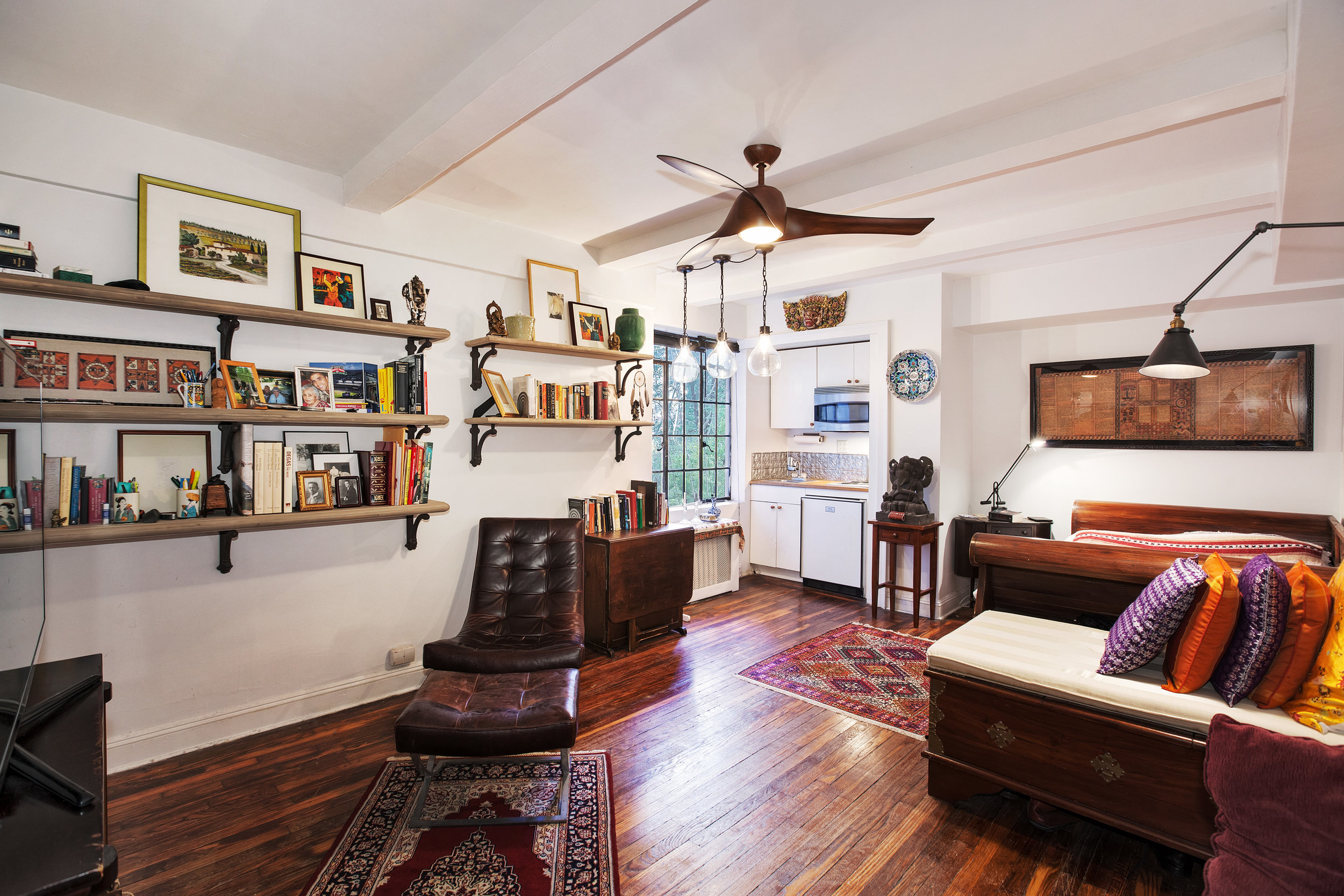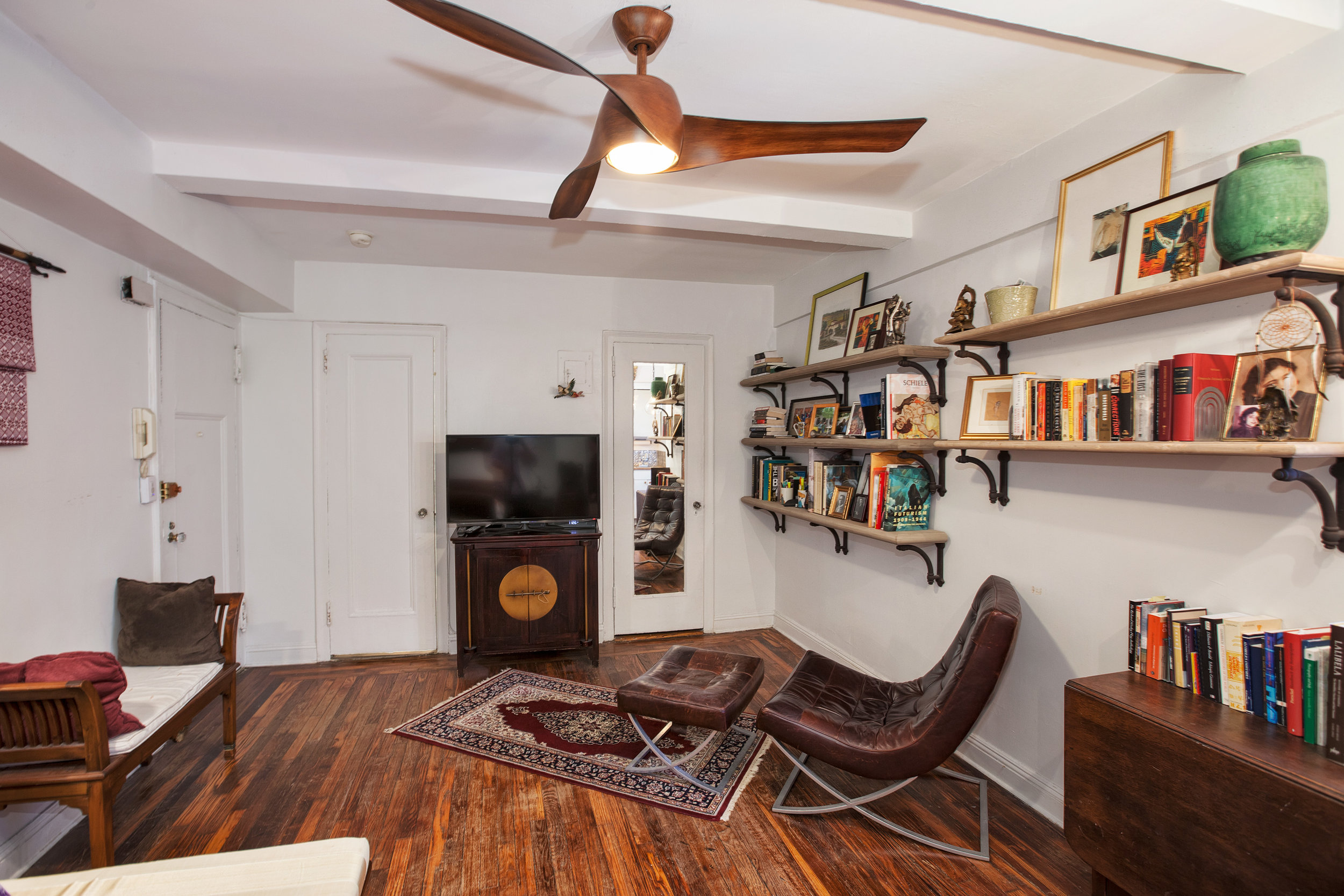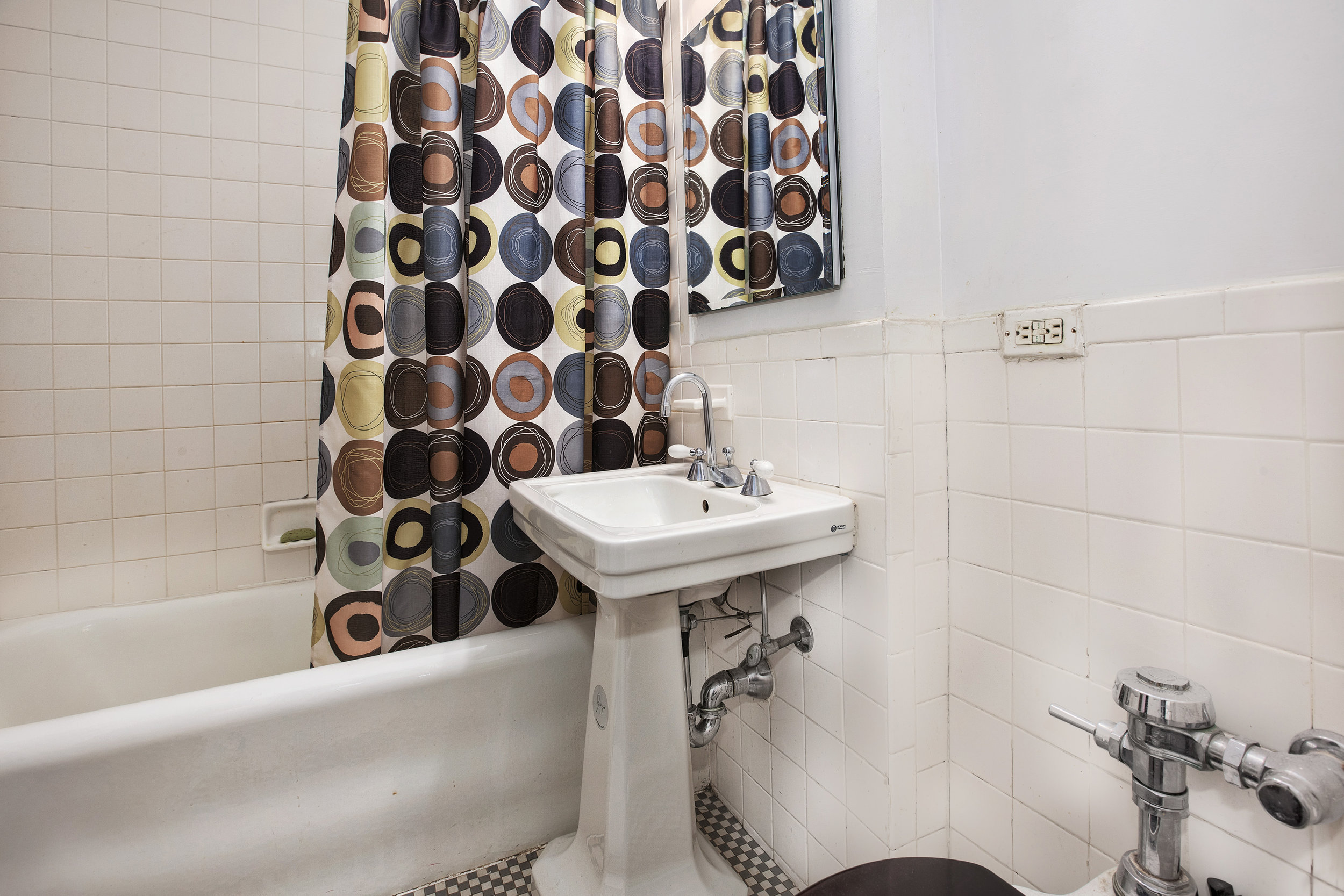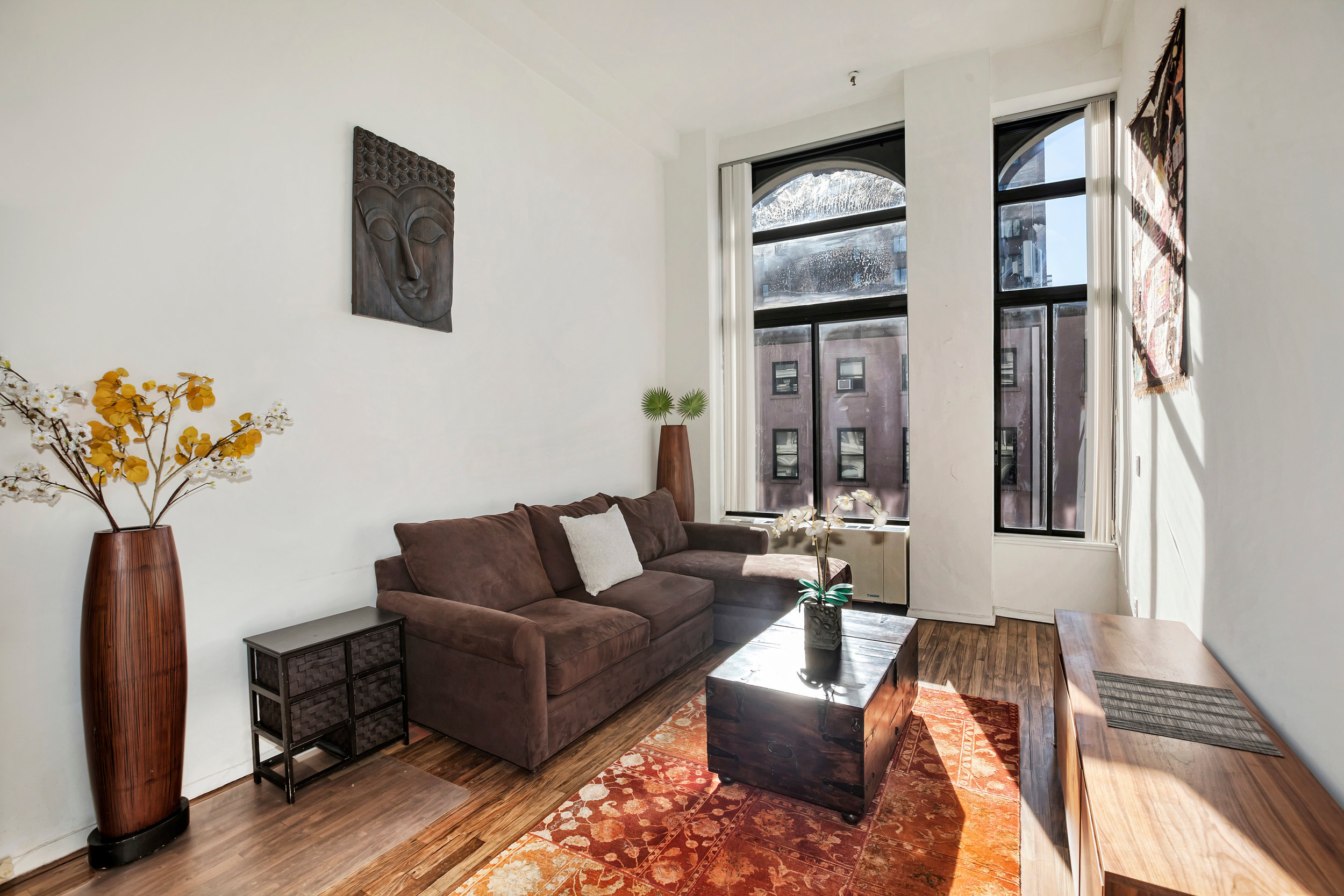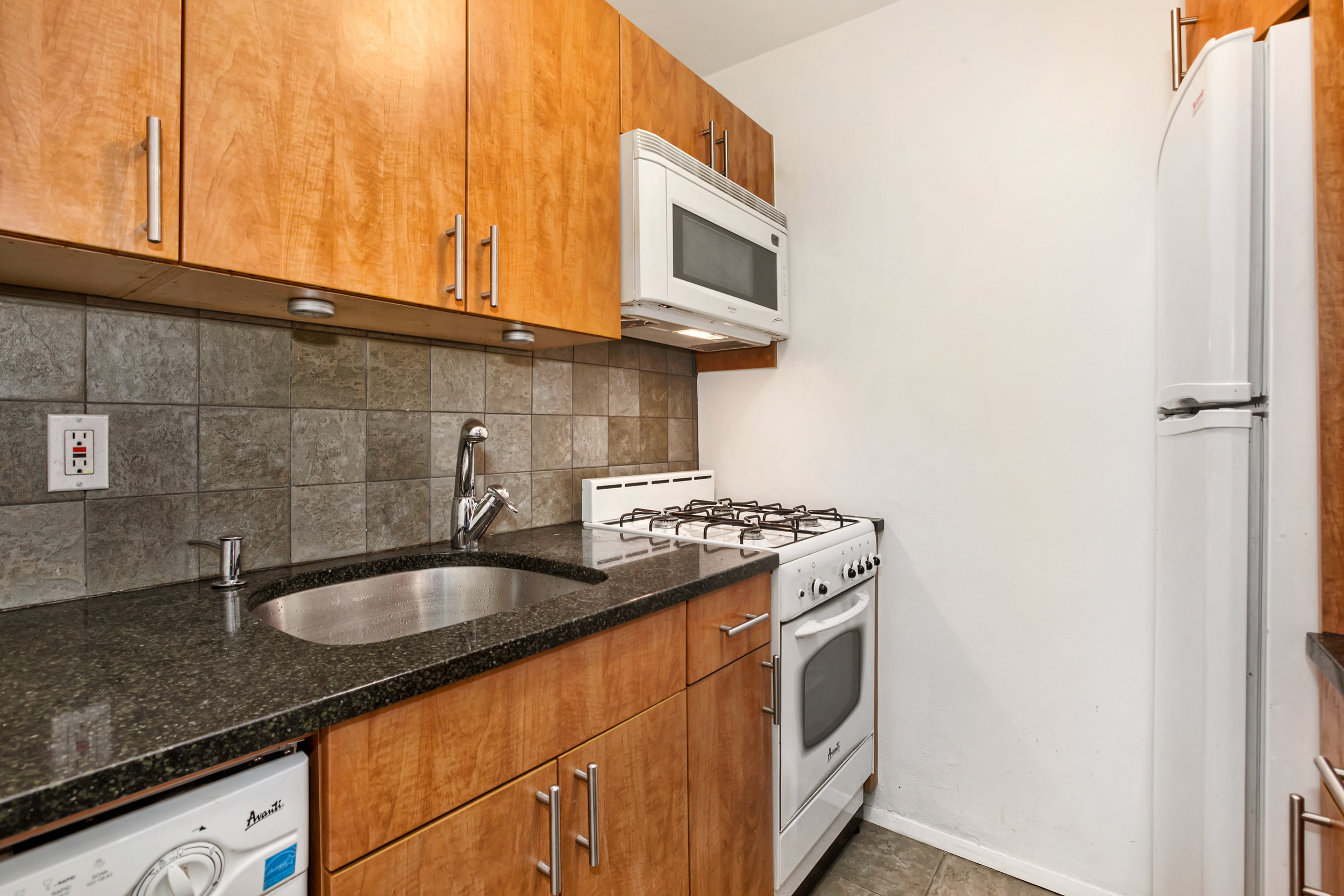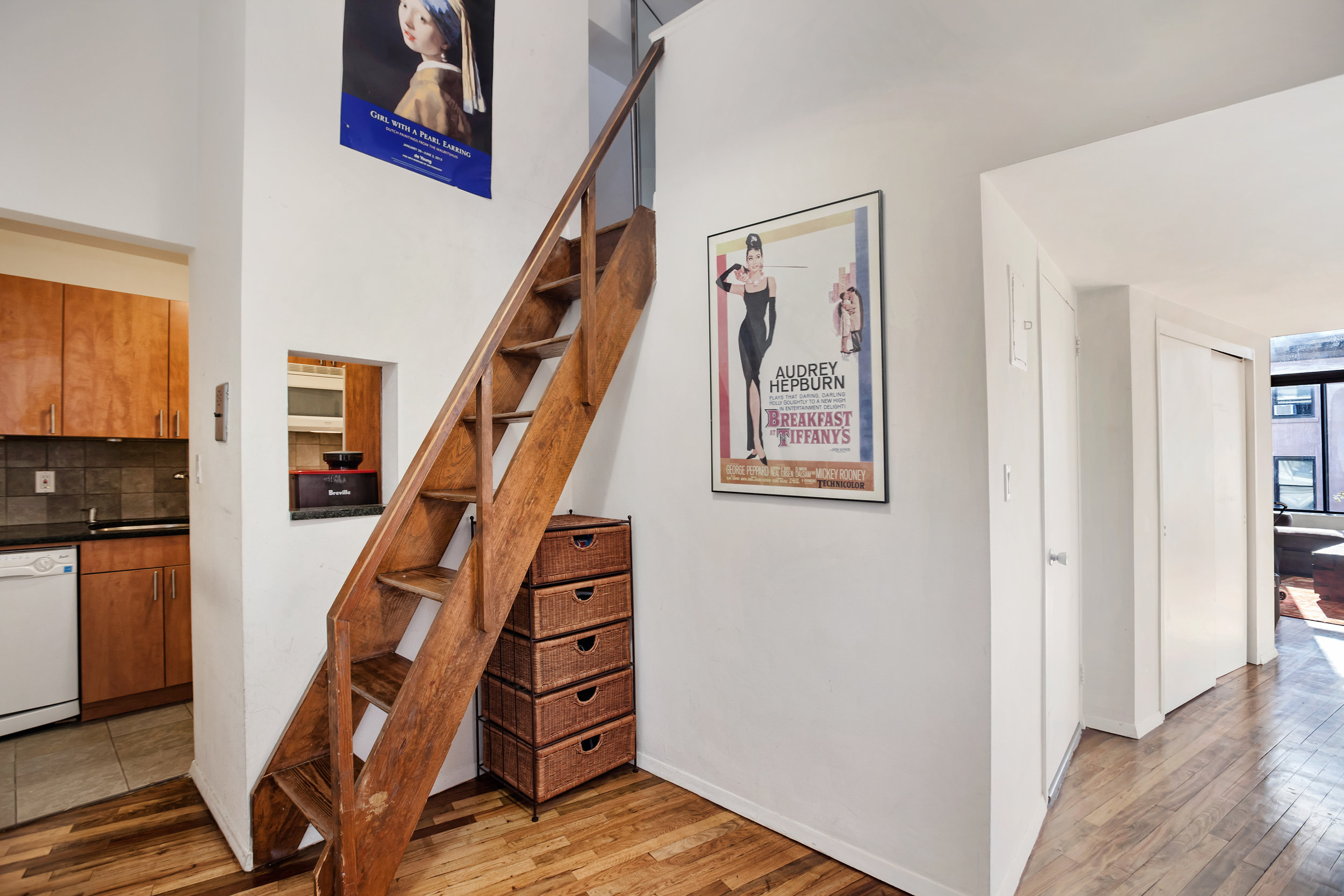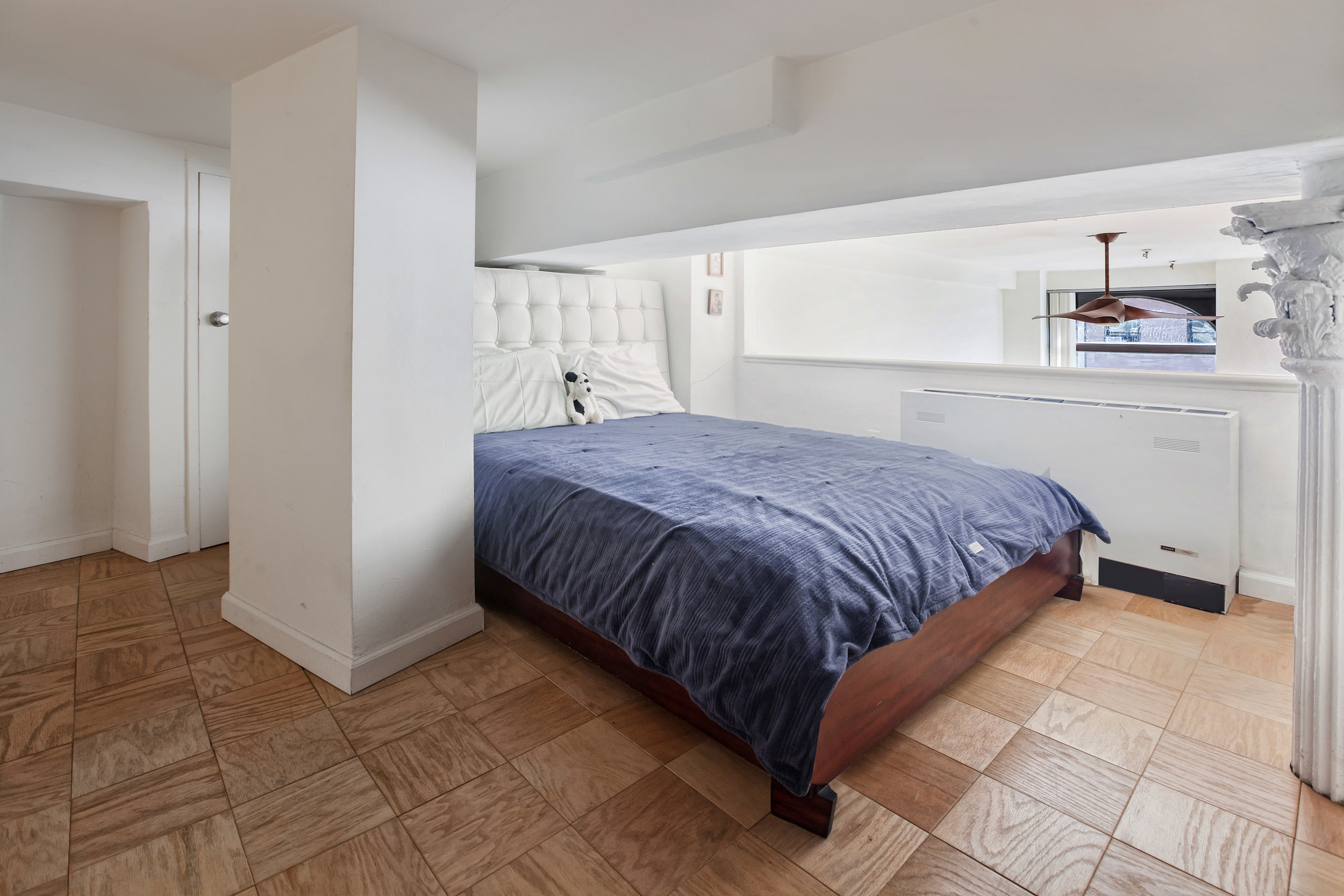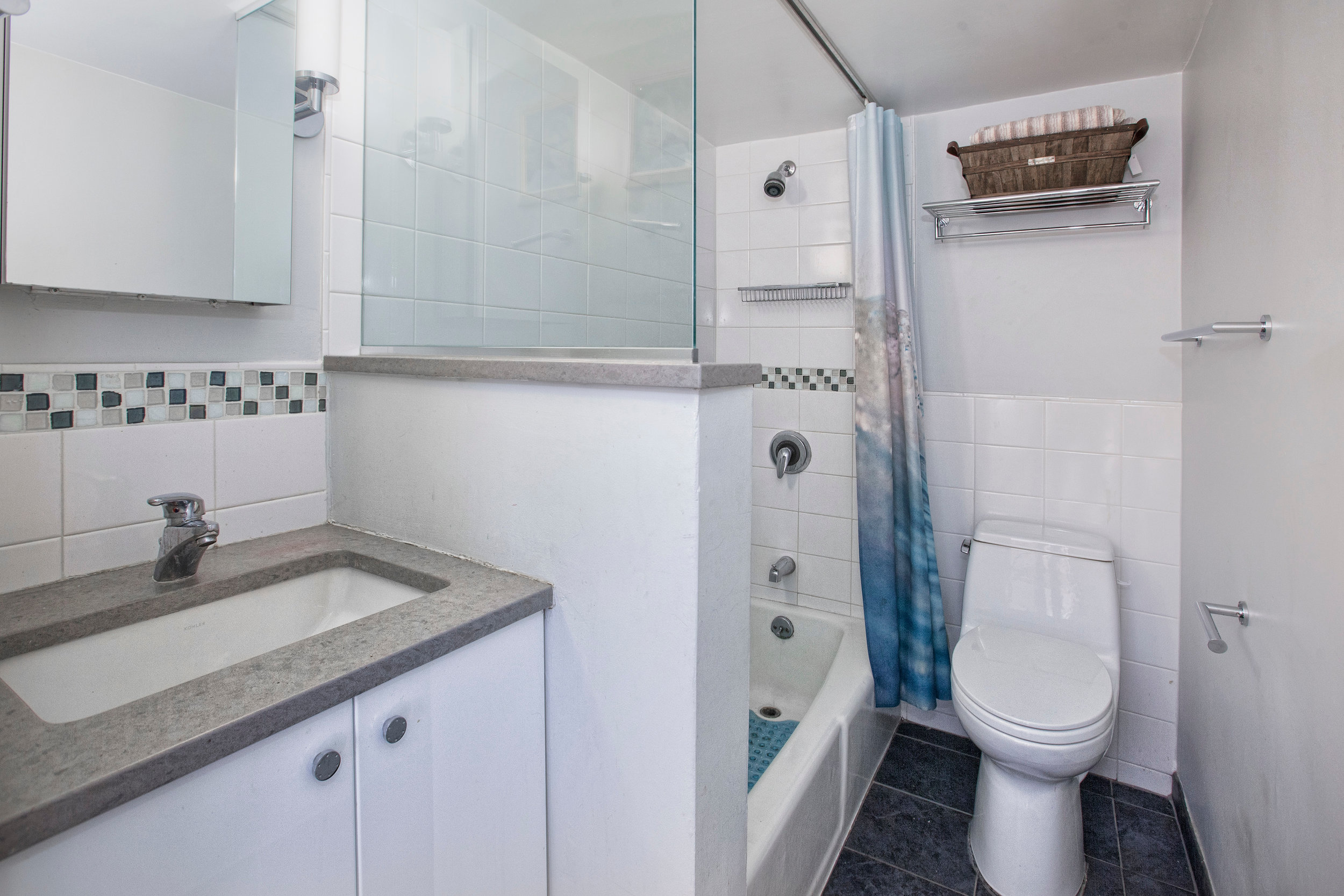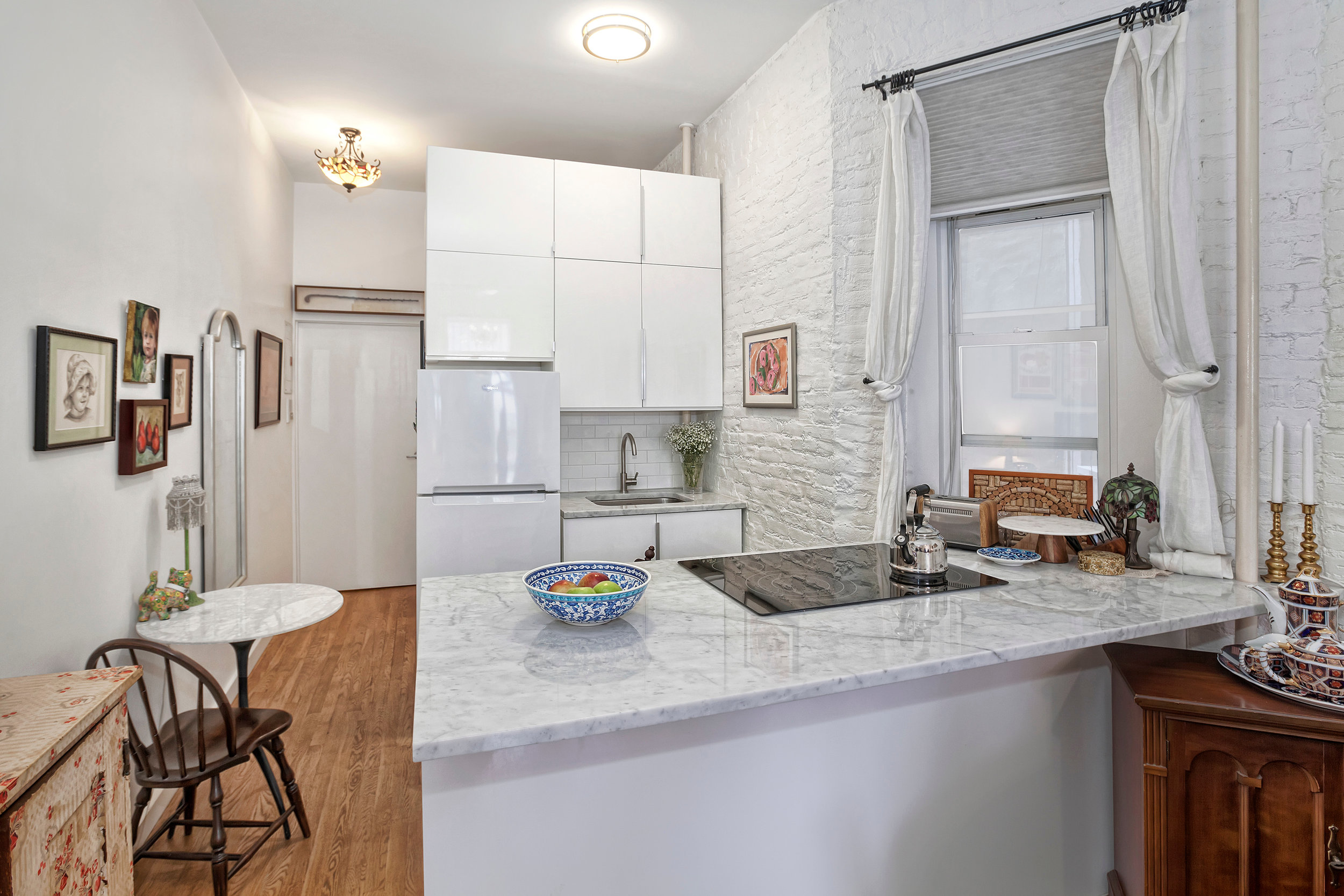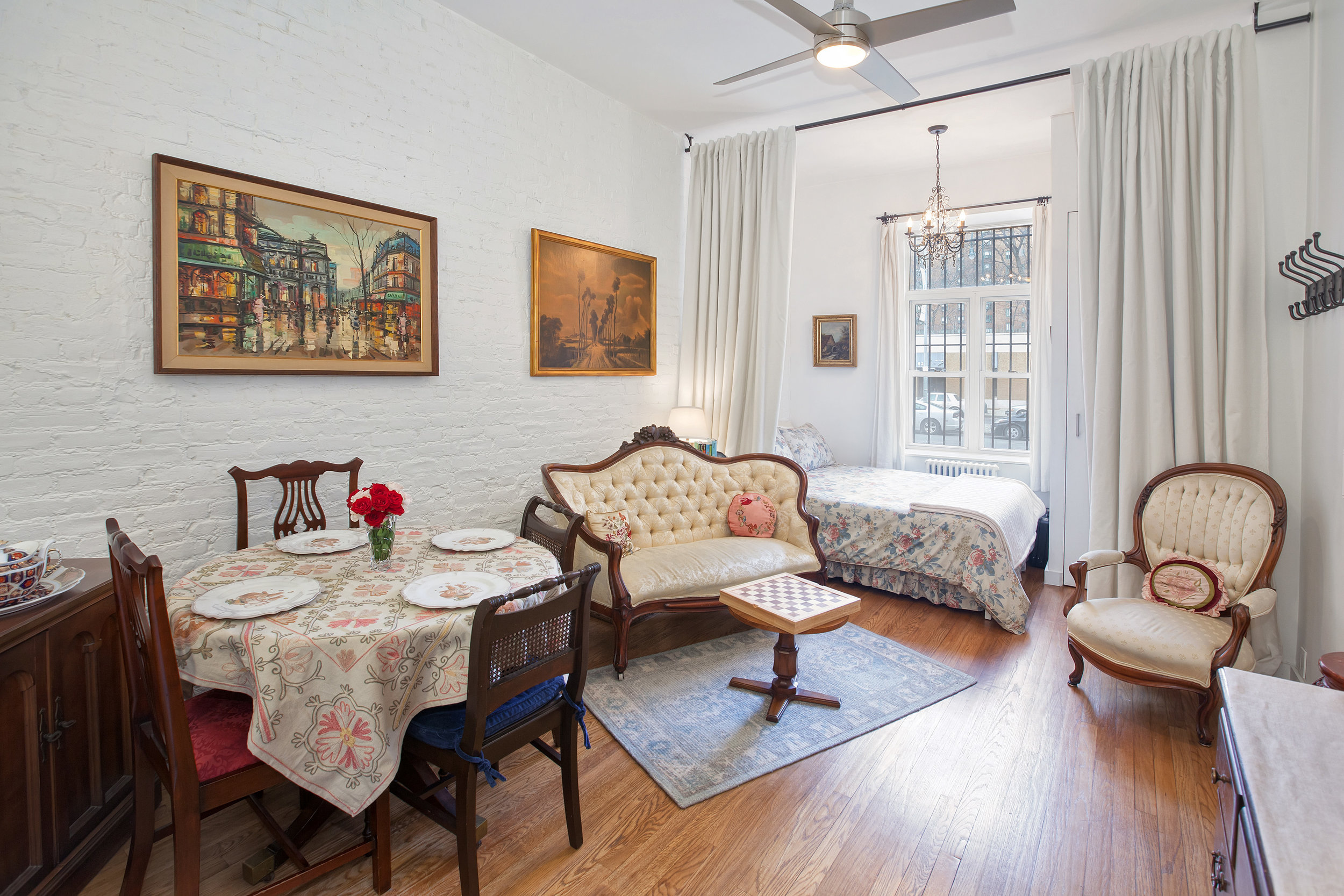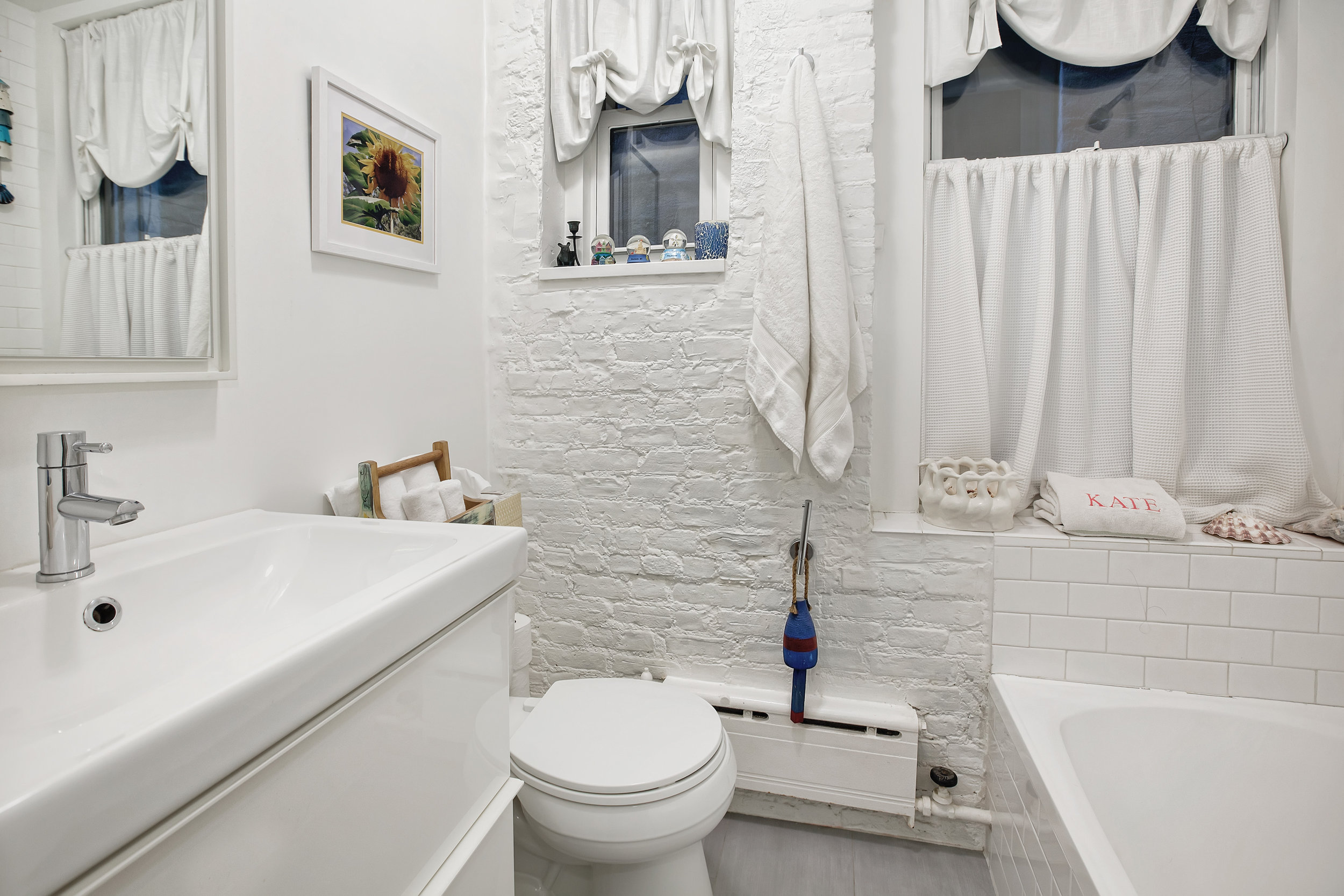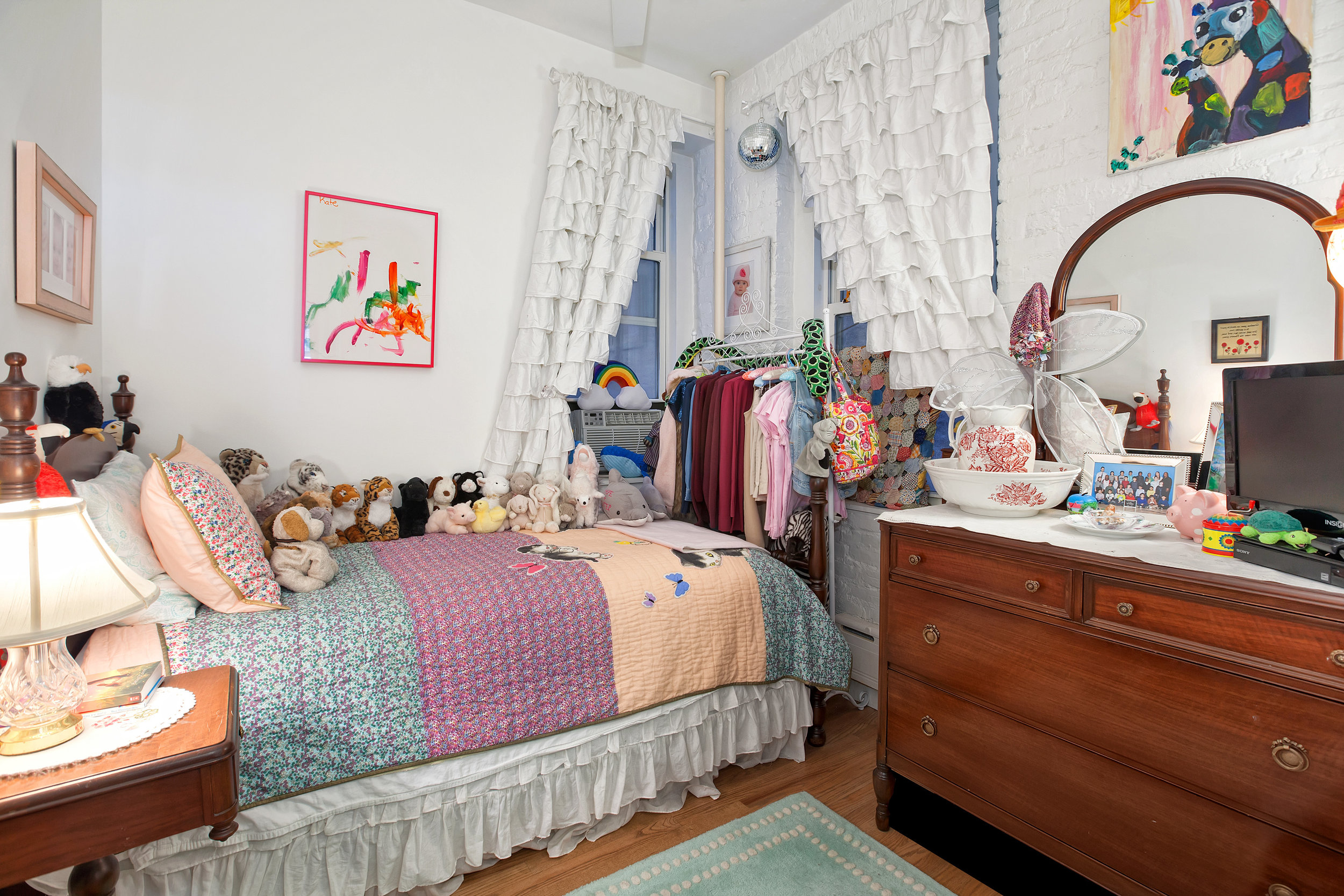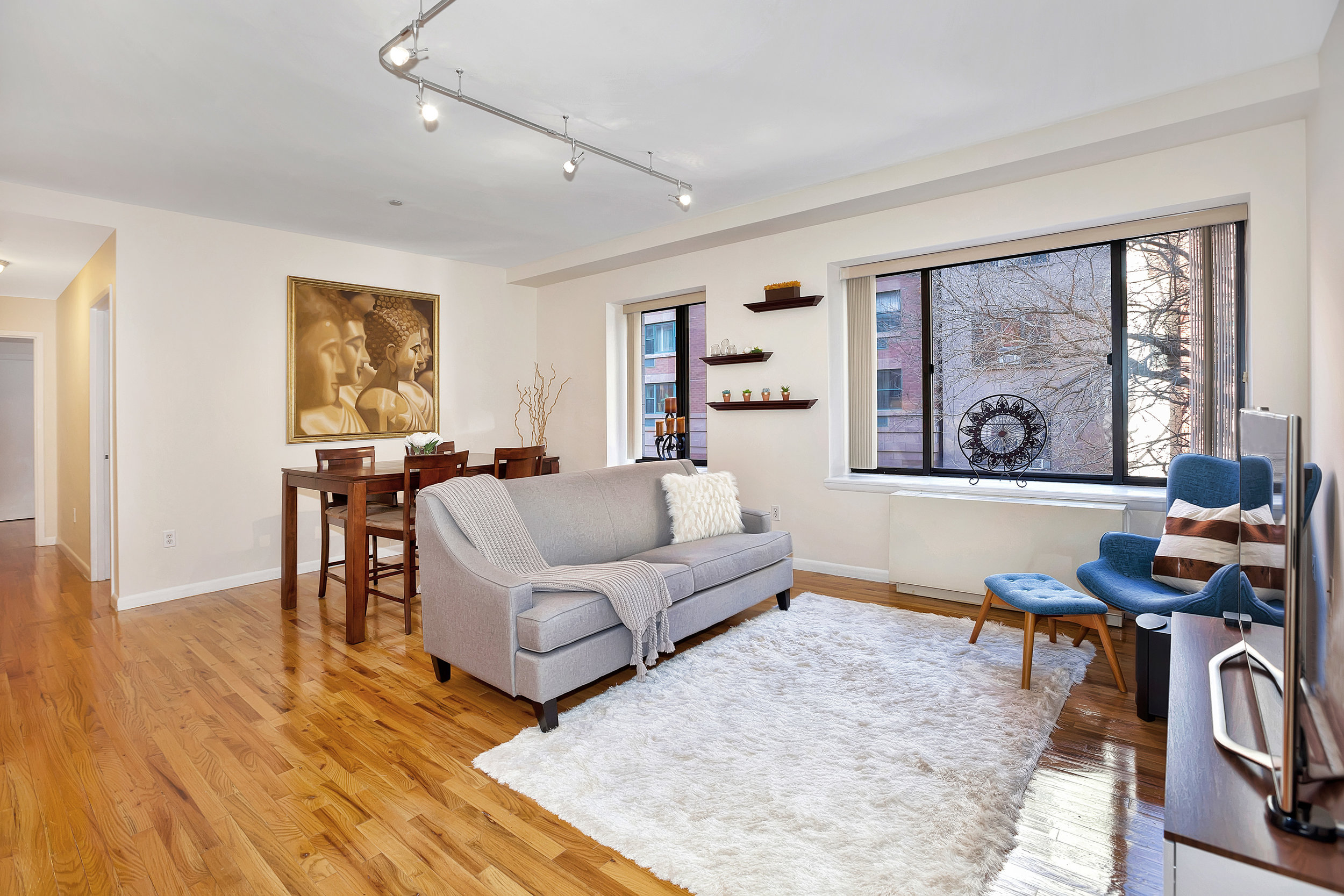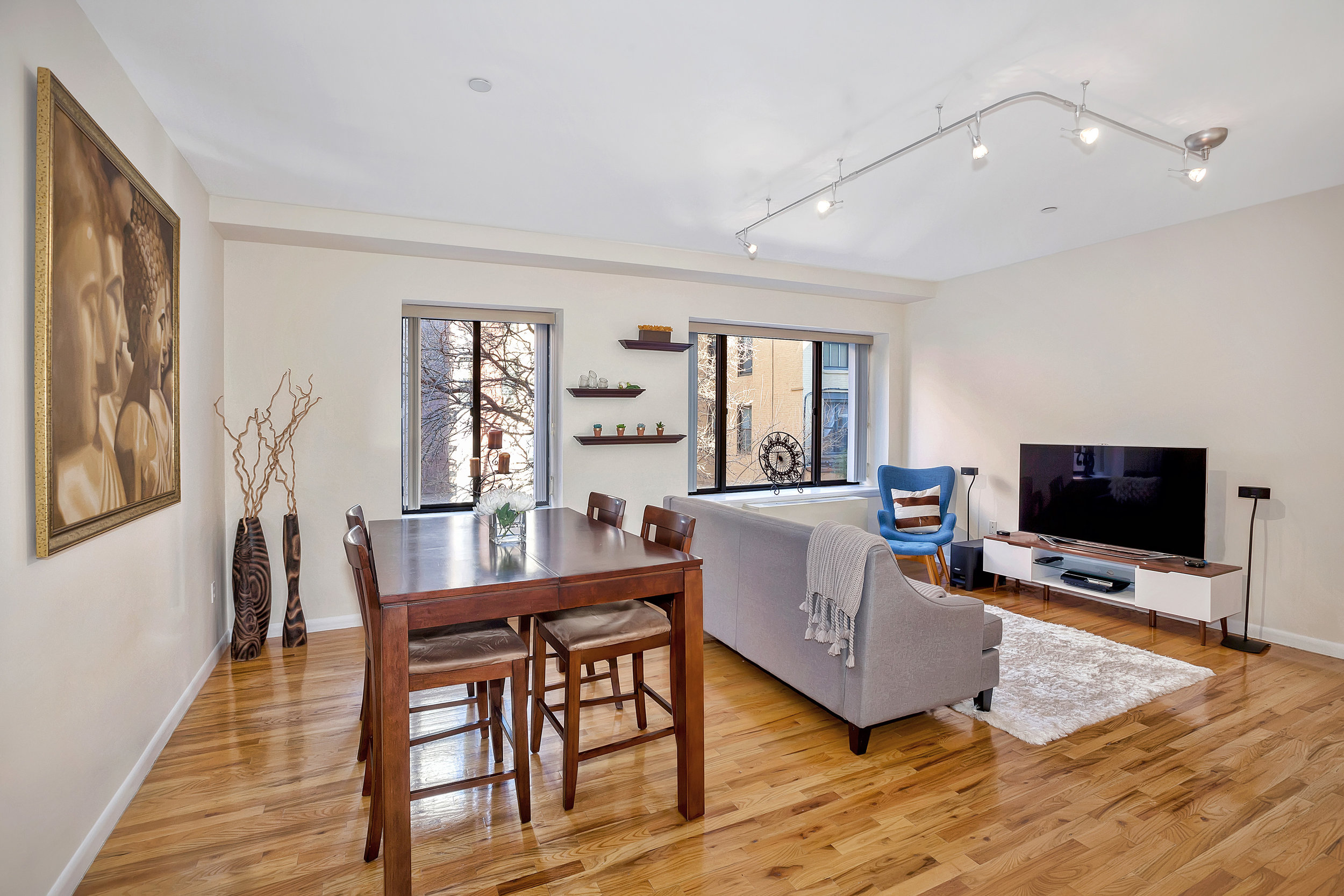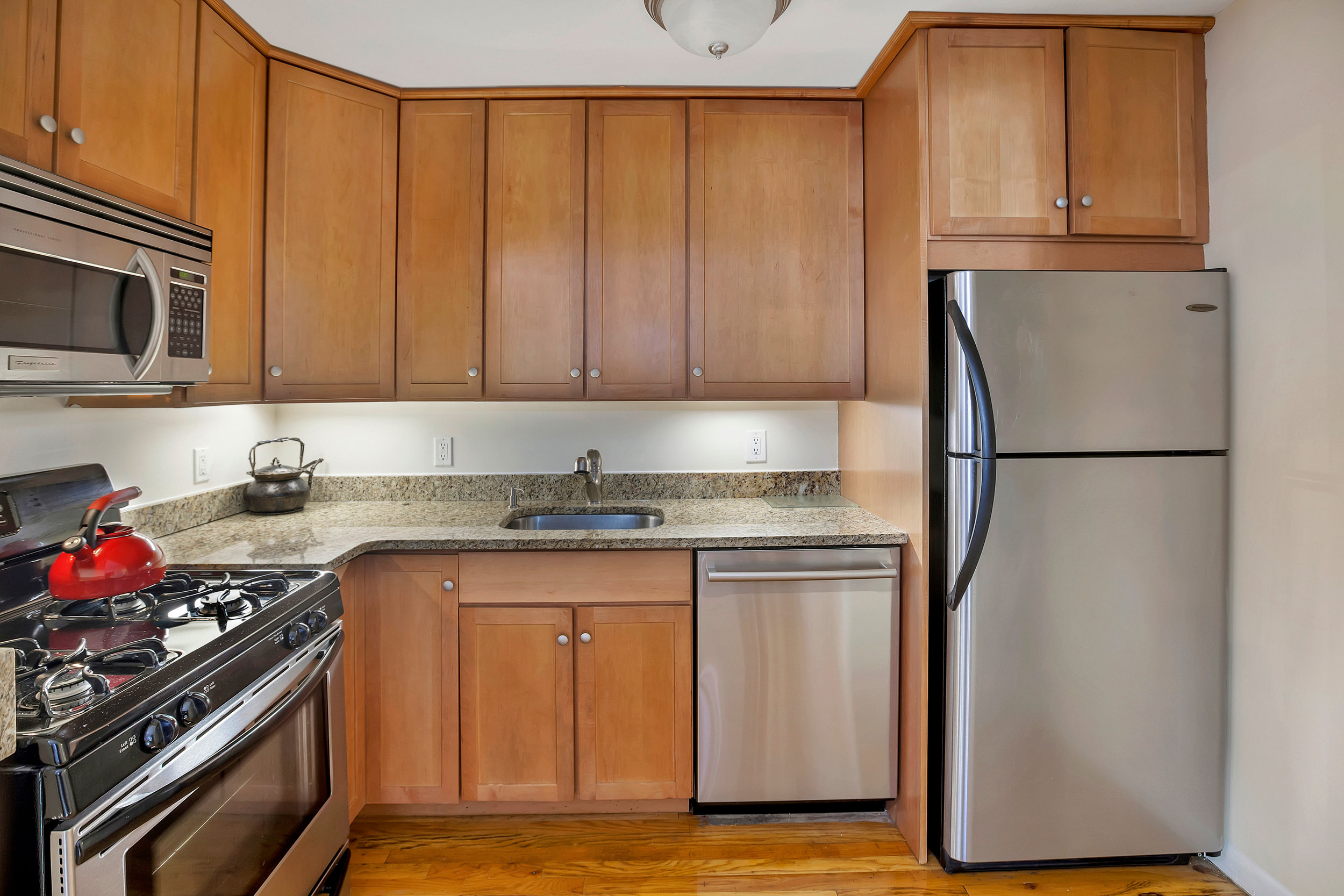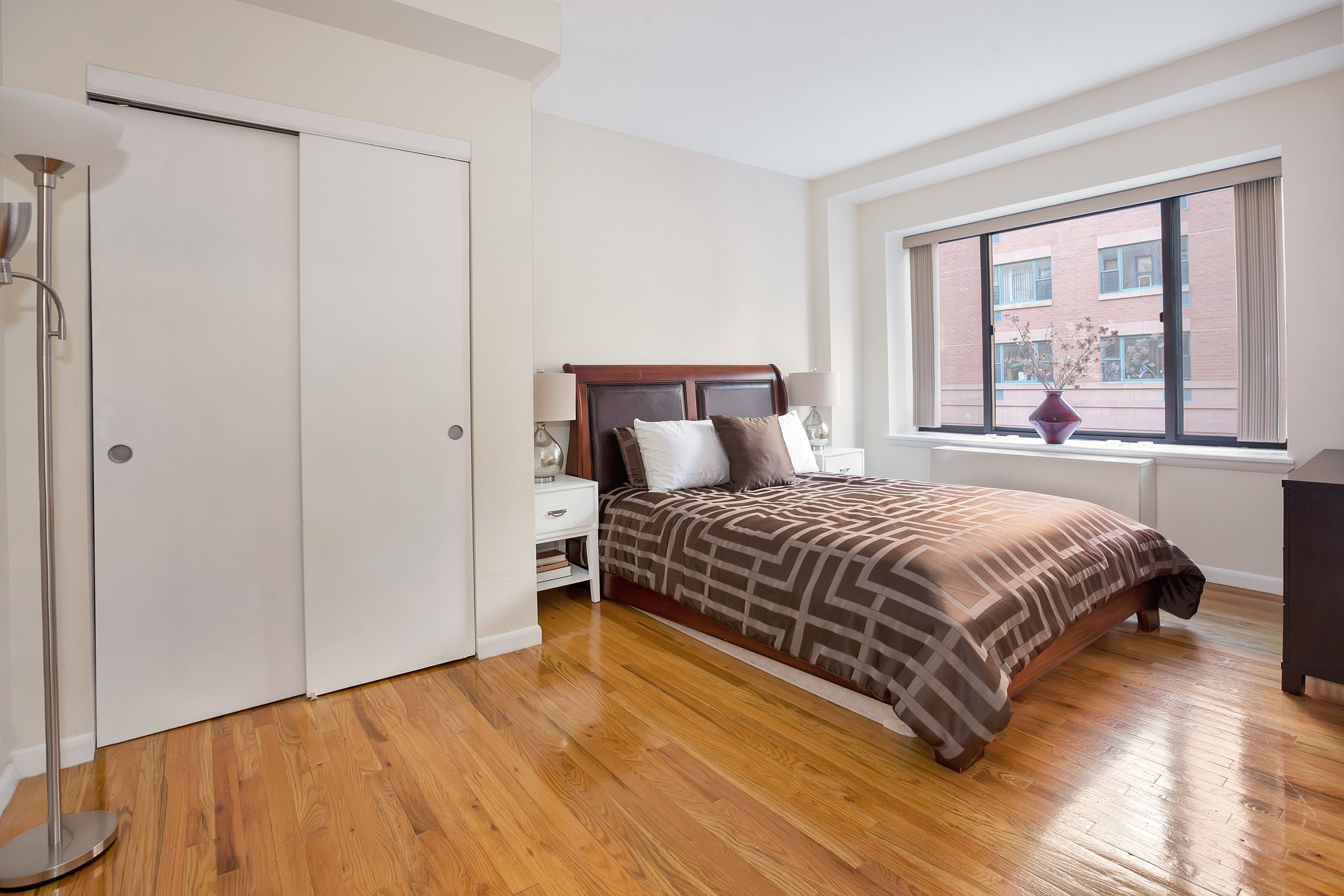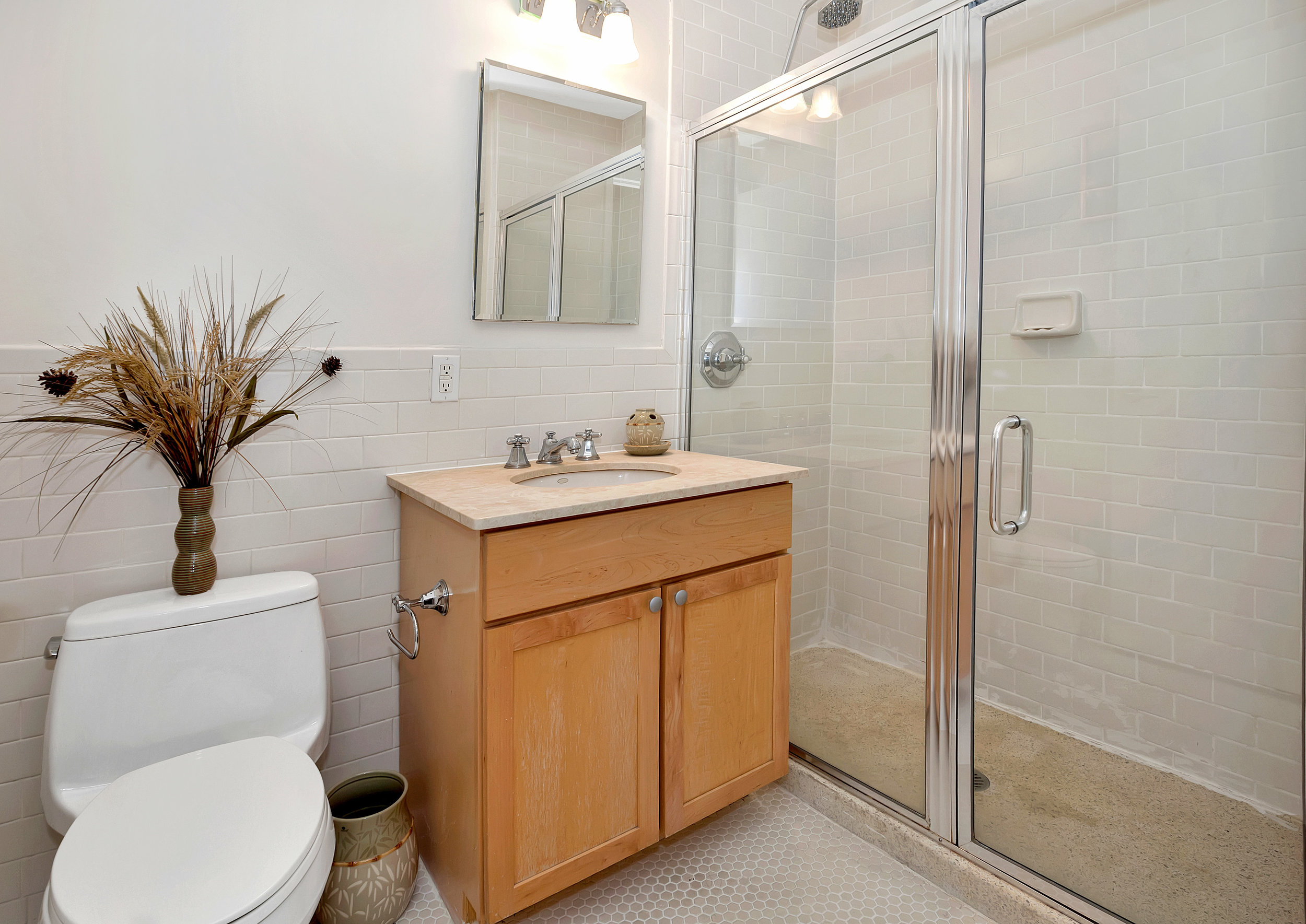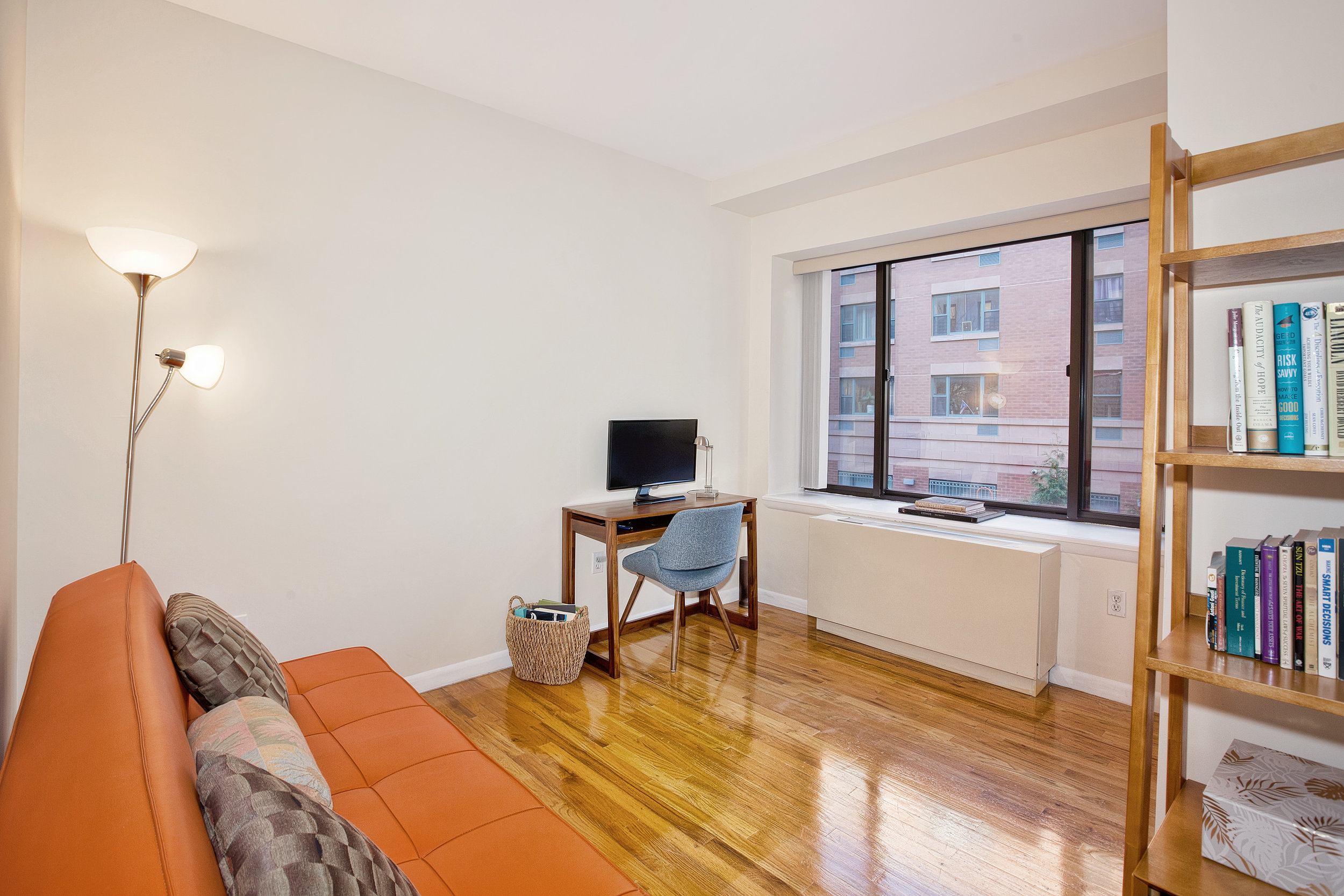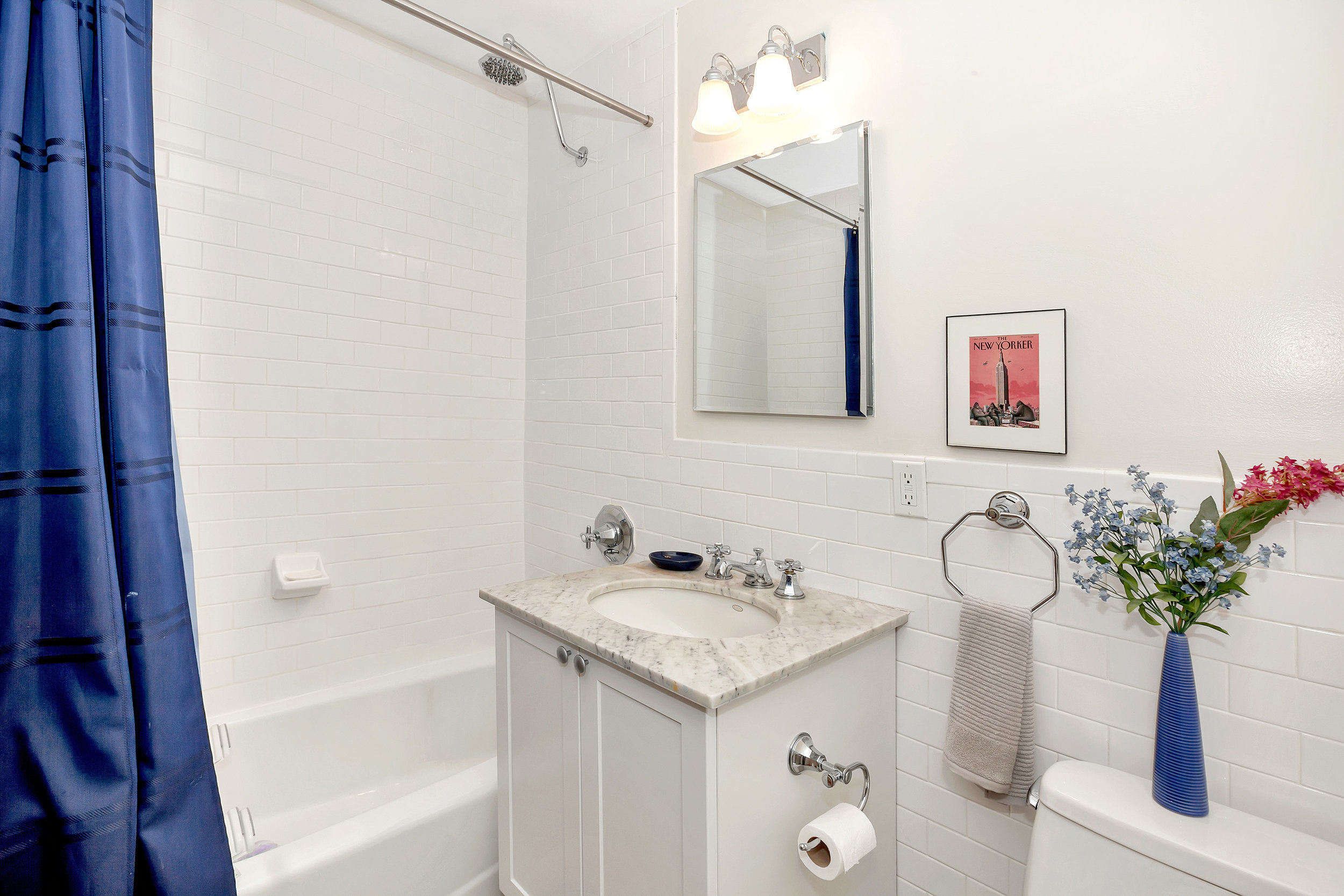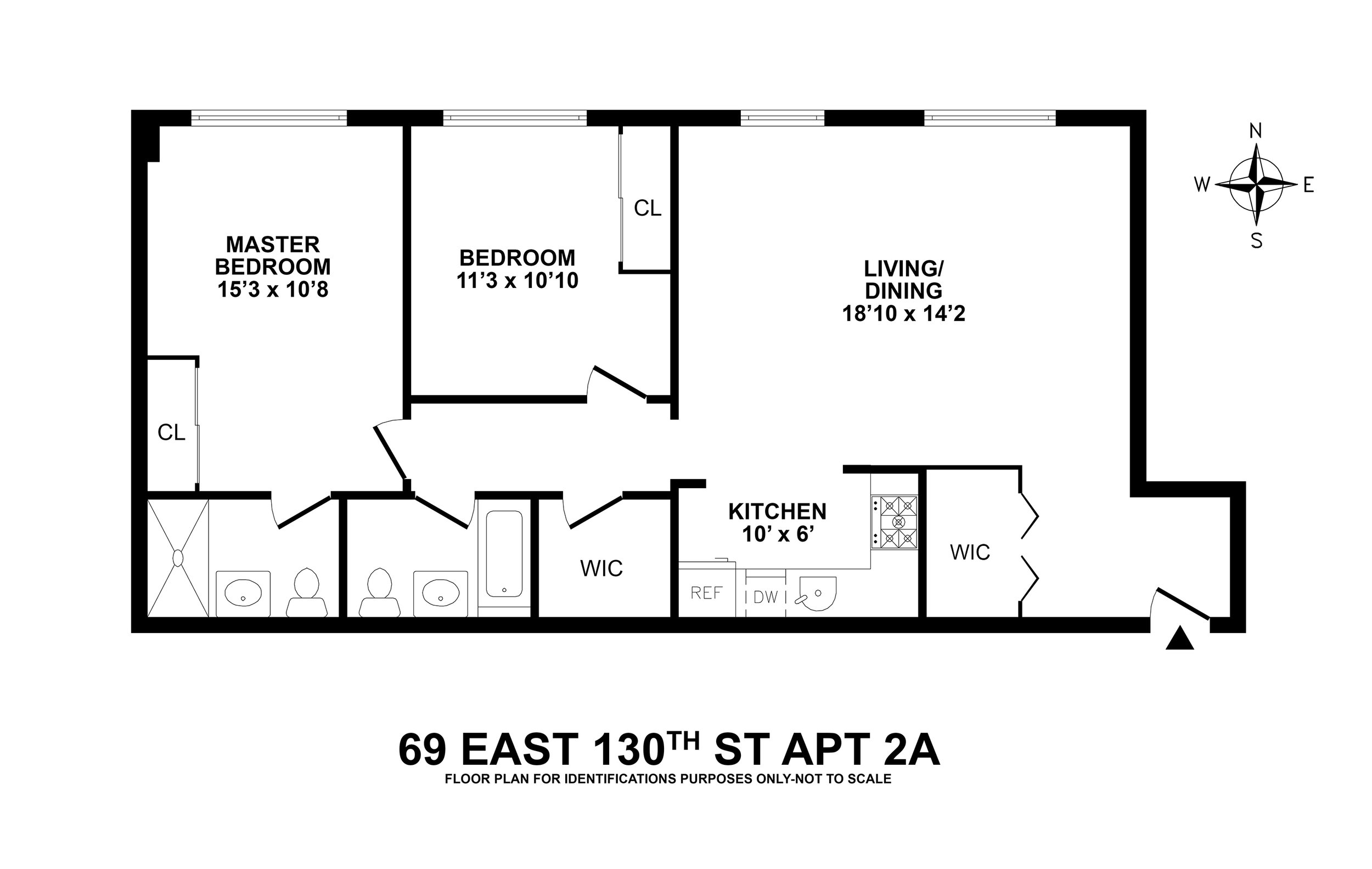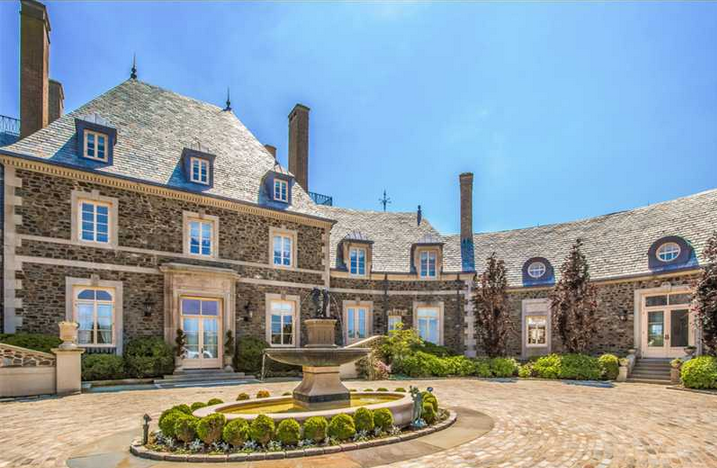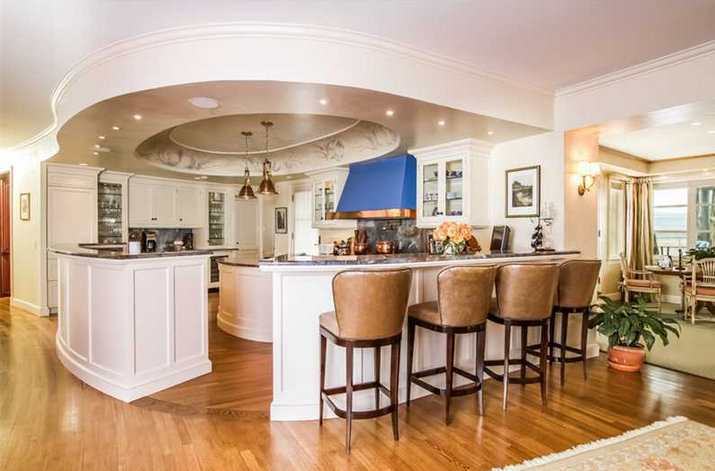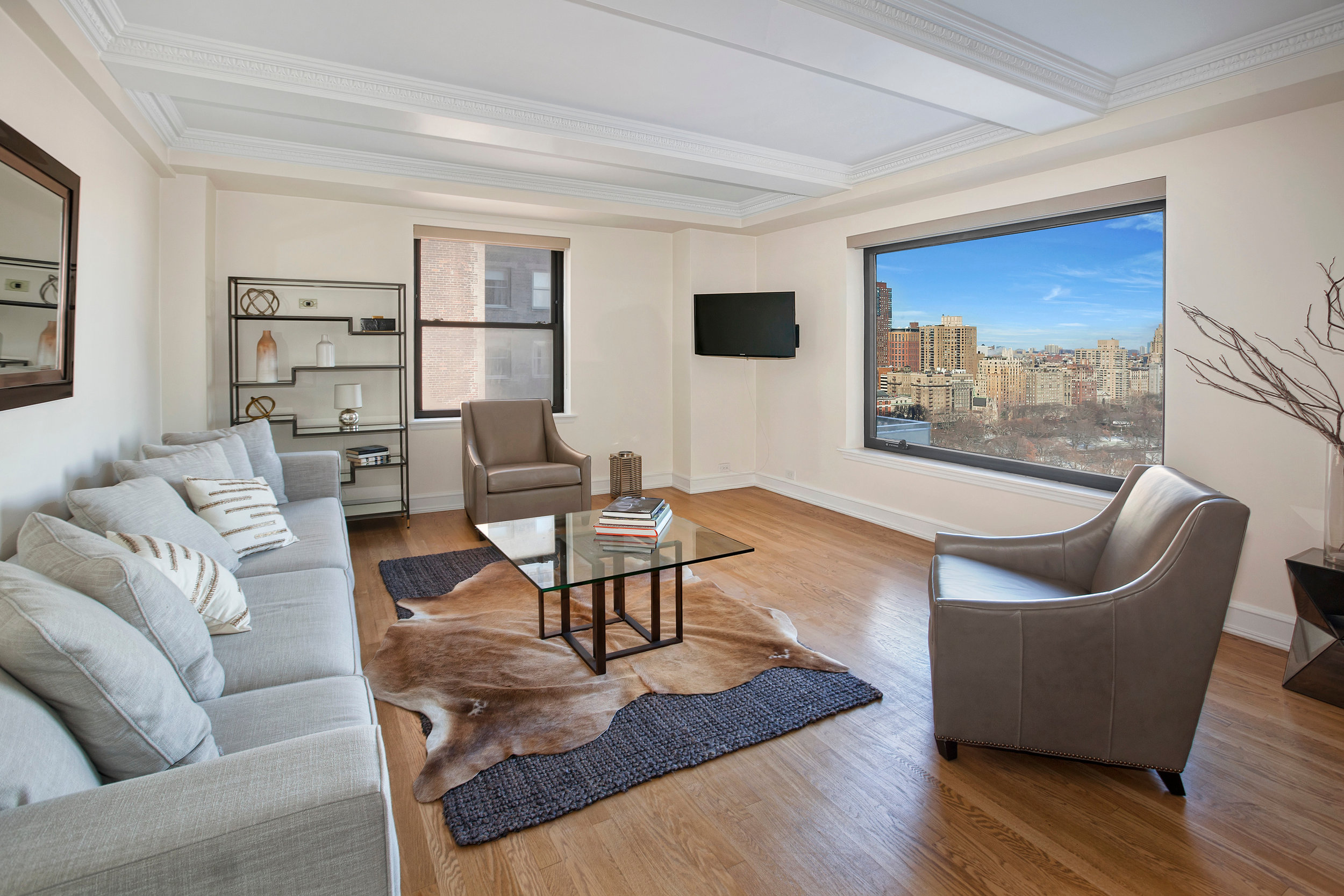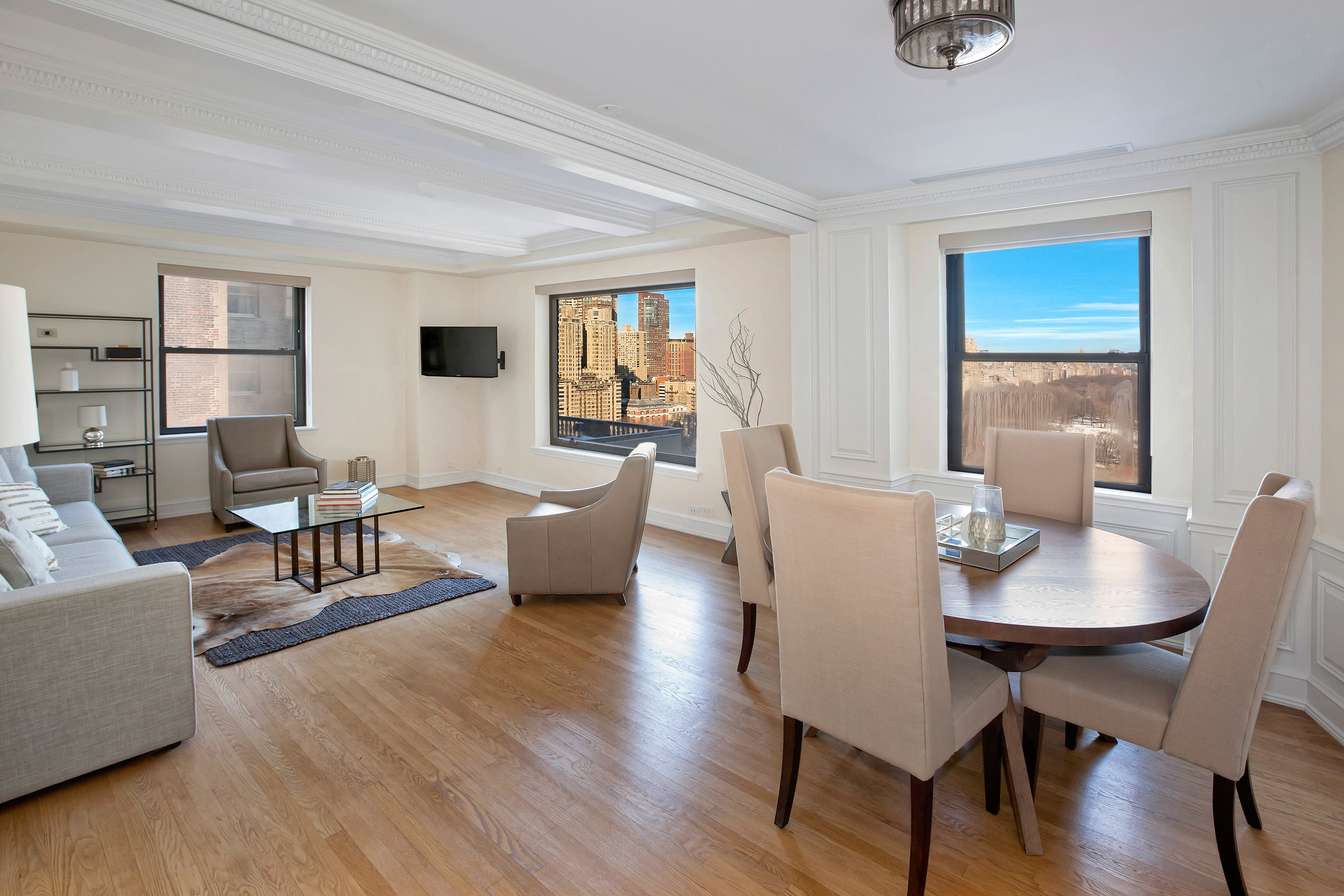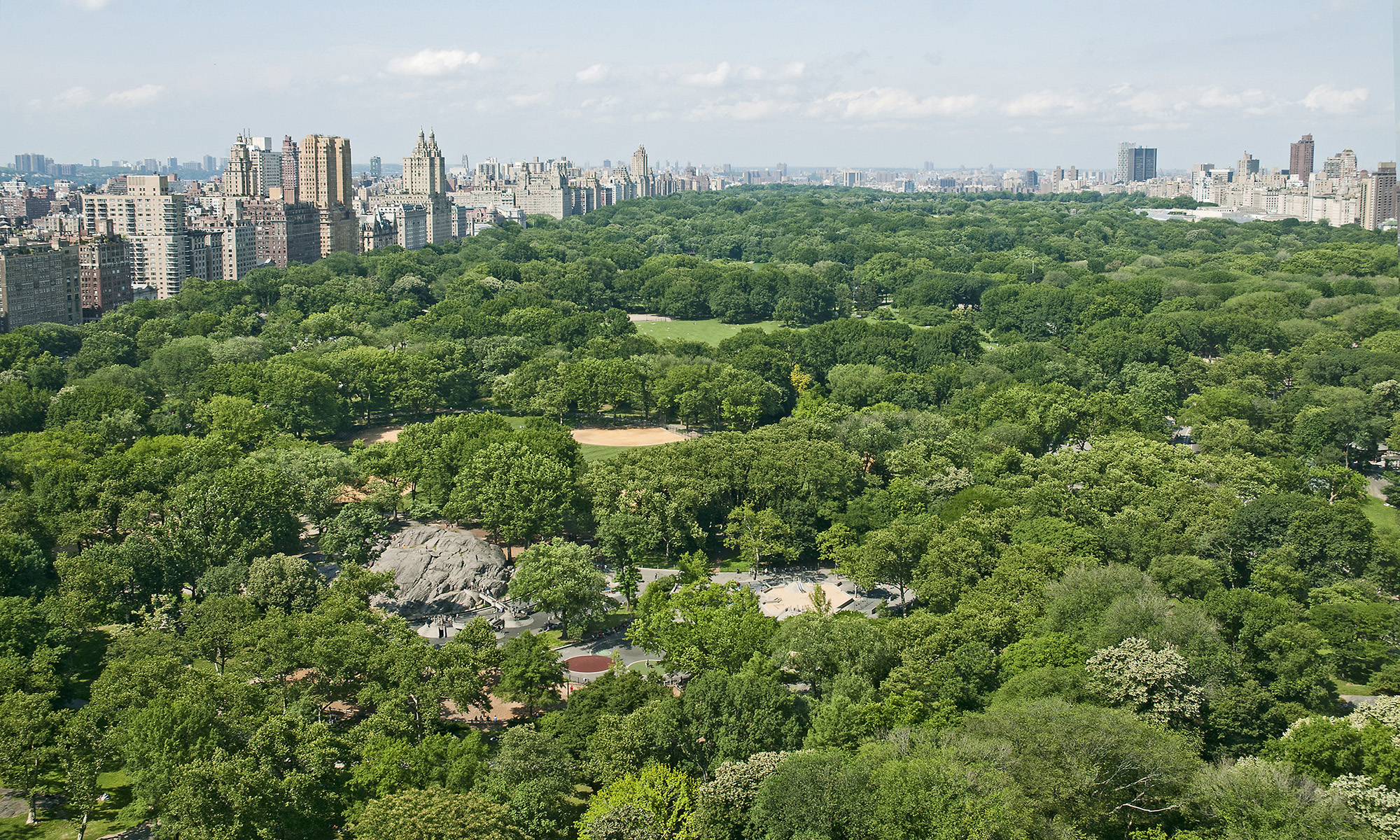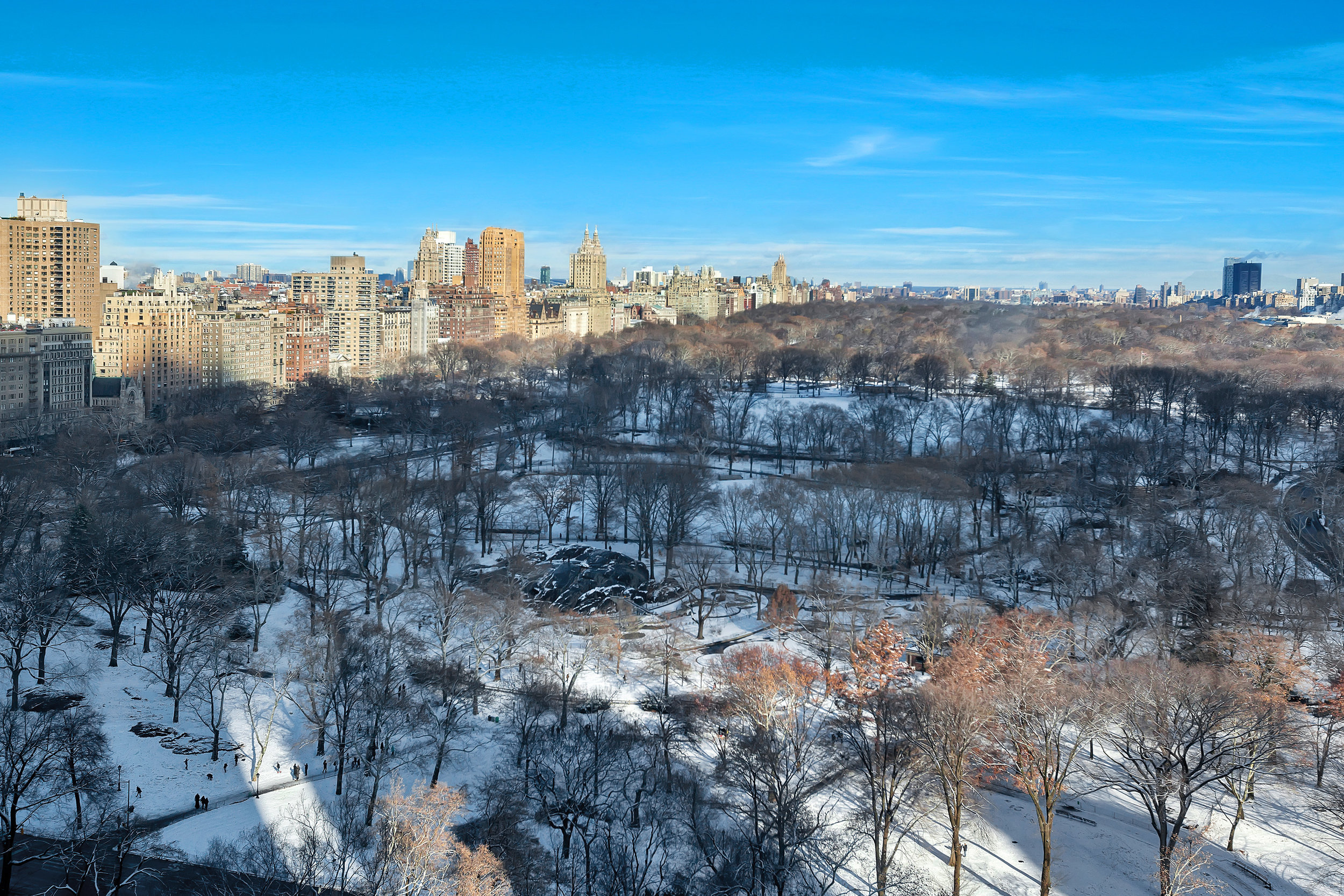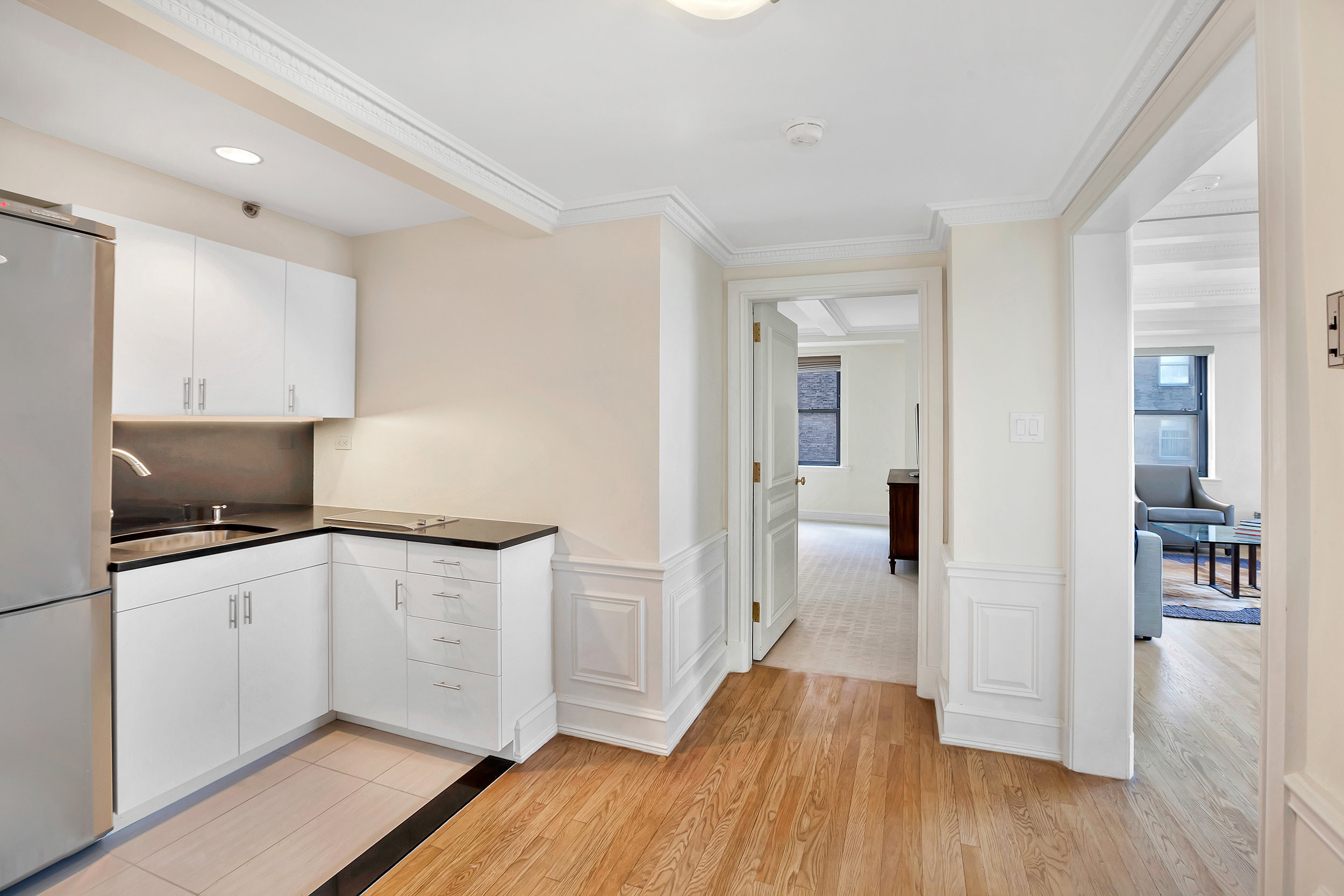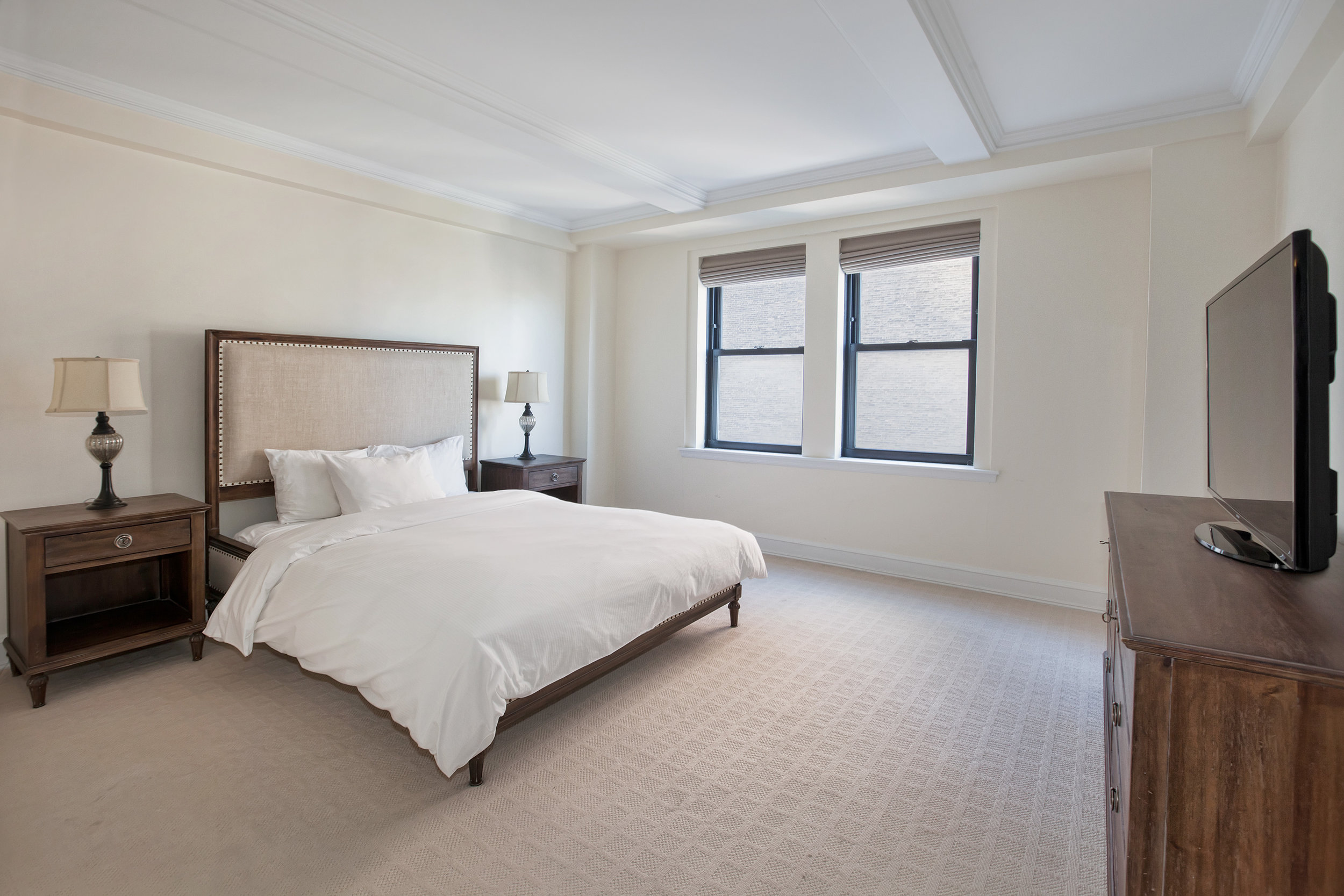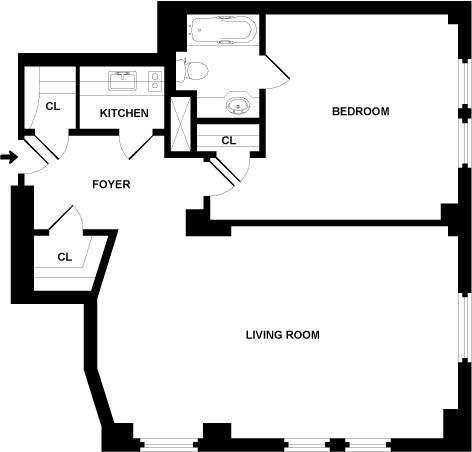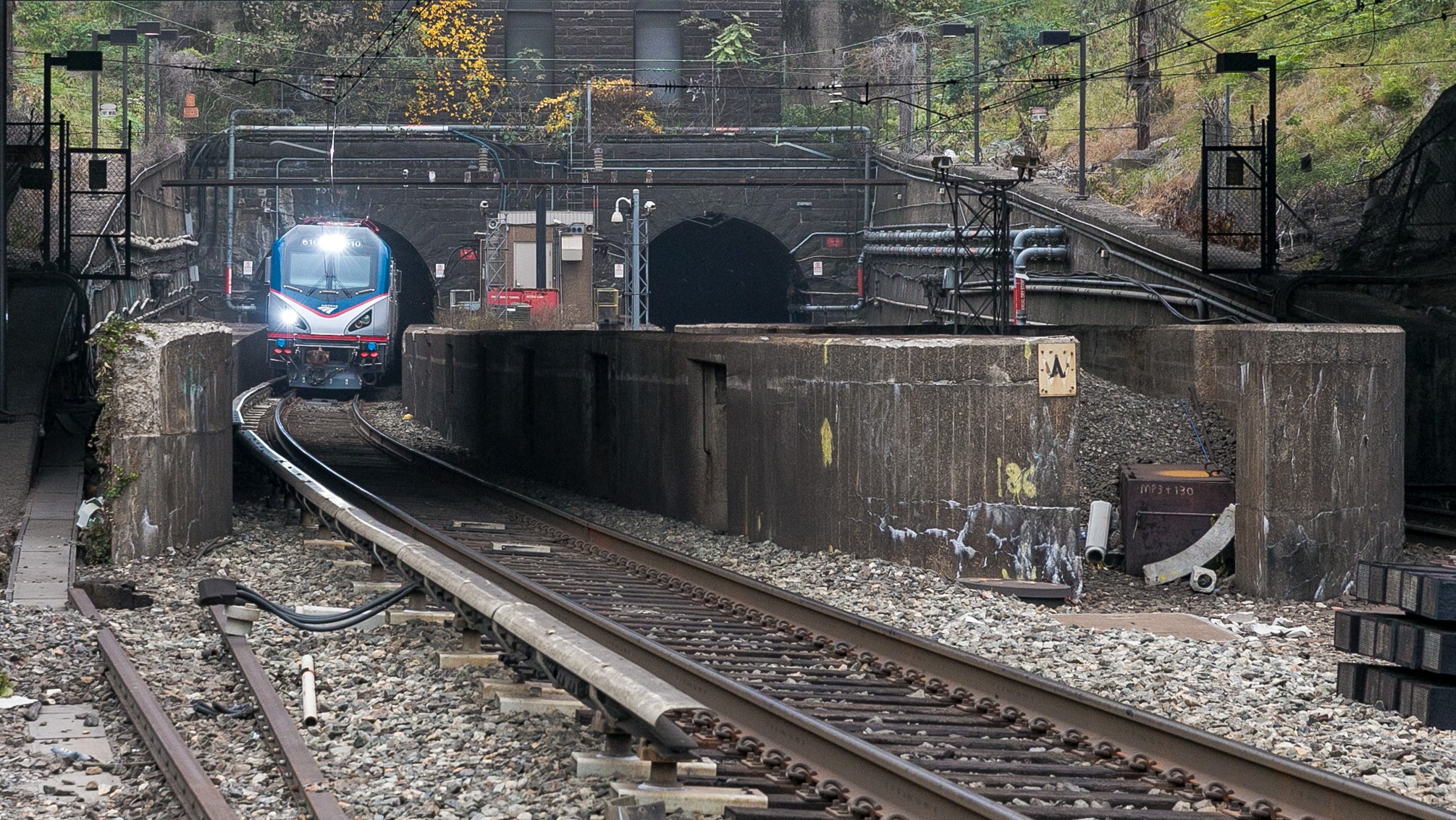Drivers entering the busiest areas of Manhattan might soon be required to pay $11.52 per trip under a congestion pricing plan expected to be released by Gov. Andrew Cuomo on Friday. According to the New York Times, the proposal comes from an advisory panel “Fix NYC,” a group assembled by the governor to explore ways to reduce congestion and also fund the city’s strapped-for-cash transit system. Under the proposal, trucks would pay $25.34 and taxis would see a surcharge of $2 to $5 per ride if entering the “pricing zone,” which would run south of 60th Street. Cuomo first introduced the idea of a congestion pricing plan to fund the MTA‘s transit repairs in August, after declaring the subway in a state of emergency earlier that summer.
According to the report from Fix NYC, the pricing plan could take up to two years to fully implement, but it has to be approved by the state legislature first. The group estimated that the plan could raise up to $1.5 billion every year, with that money being directed to mass transit. However, the panel’s draft of the report says no fees will be charged until transit repairs are made: “Before asking commuters to abandon their cars, we must first improve transit capacity and reliability.”
Cuomo said the plan will not extend to the East River Bridges. However, it will not reduce the cost of tolls at other crossings as some transit groups pushed for as a way to make the plan more equitable and more likely for lawmakers outside of the borough to support it.
The congestion fee would also not be in effect 24 hours a day, with tolling on private cars expected to occur at a minimum between 6 a.m. and 8 p.m. On the weekend, there might be a charge between 12 p.m. and 10 p.m. for private vehicles and trucks.
Sam Schwartz, who worked on the panel’s report, told the New York Post: “It’s going to accomplish a good deal to reduce congestion and raise revenue to improve transit. The fees for the for-hire vehicles will happen this year.”
Cuomo’s plan is roughly based on Mayor Michael Bloomberg’s failed attempt in 2008. The former mayor’s idea served as a major part of his environmental agenda, which he claimed would have raised $500 million annually to fix the subway’s infrastructure. The plan failed because elected officials from Brooklyn, Queens and suburban areas outside of the city felt it benefited Manhattan at the expense of their own constituents.
Mayor Bill de Blasio has criticized the Cuomo’s idea and called it a “regressive tax.” Instead, he has floated the idea of a “millionaires tax” to fund subway repairs, increasing the tax rate of the city’s wealthiest residents to 4.4 percent from roughly 3.9 percent for married couples with incomes over $1 million and for individuals who make more than $500,000 per year.


